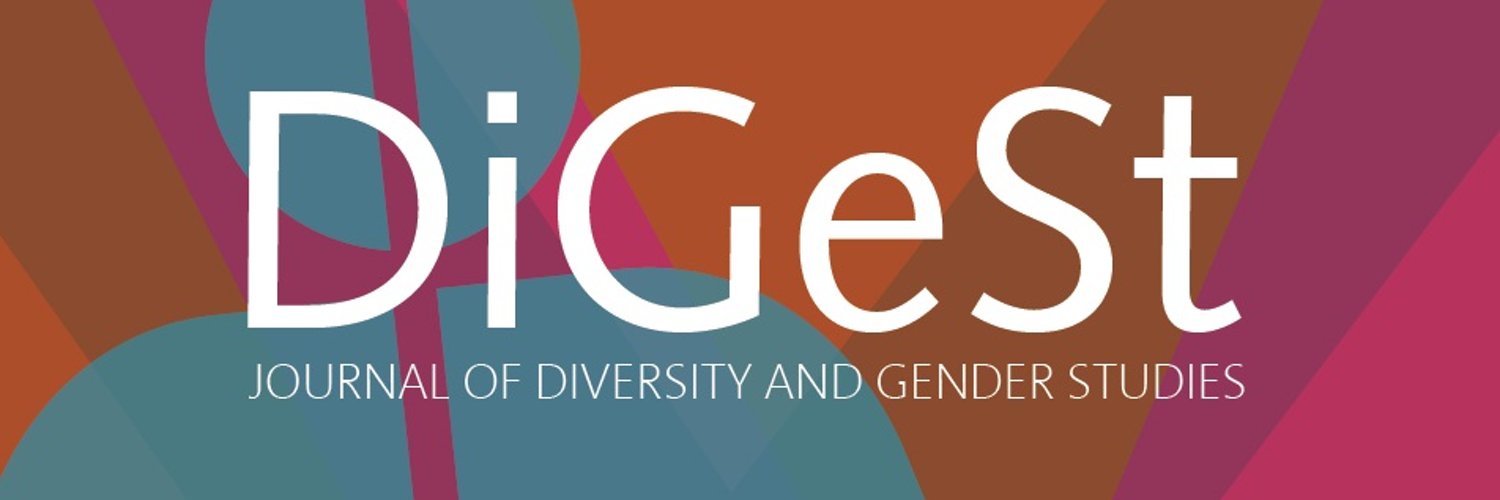Superheroines and superstereotypes? Queer postfeminism, intersectionality and female superheroes in Supergirl
- Maxine De Wulf Helskens (Ghent University)
- Frederik Dhaenens (Ghent University)
- Sarah Van Leuven (Ghent University)
Abstract
Since the new millennium, there has been a remarkable increase in audio-visual adaptations of superhero comic books (Garcia-Escriva, 2018). Whereas these adaptations used to include predominantly male superheroes, they have started to feature more female superheroes (Curtis & Cardo, 2018). An increase, however, does not imply diverse and rounded representations, since women in superhero movies tend to be depicted in stereotypical and sexualized ways (Kaplan, Miller & Rauch, 2016). Even though previous research has addressed the genre's politics of gender representation, there is a need for research that looks at televised female superheroes from a queer postfeminist lens. Therefore, this study conducted a textual analysis, informed by queer postfeminism and intersectionality theory, to explore how leading female superheroes in the series Supergirl are represented. We concluded that the superhero series Supergirl subverts hegemonic gendered identities through its depiction of both traditional and queer femininities.
How to Cite:
De Wulf Helskens, M., Dhaenens, F. & Van Leuven, S., (2021) “Superheroines and superstereotypes? Queer postfeminism, intersectionality and female superheroes in Supergirl”, DiGeSt - Journal of Diversity and Gender Studies 8(1), 91-105. doi: https://doi.org/10.21825/digest.v8i1.17163
Downloads:
Download PDF
View PDF
3740 Views
582 Downloads
